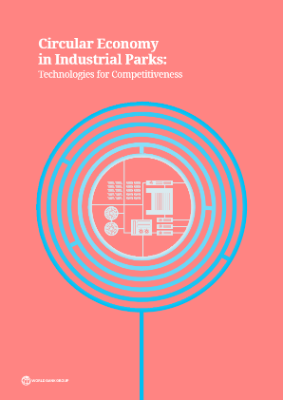The Imperative of Technology in Developing Countries
Technology is at the heart of economic growth. From historical accounts of how technological change since the Industrial Revolution has shaped economic development in Europe, such as David Landes’ The Unbound Prometheus (Landes 2003), to endogenous growth models (Romer 1990; Aghion and Howitt 1992), technology has been identified as a key ingredient of growth and economic transformation. Measuring the uses of technology and understanding the drivers of and barriers to the adoption of technology are, therefore, critical to designing policies that facilitate economic development. Until the nineteenth century, the main source of cross-country variation in technology was whether new technologies had arrived in a country (Comin, Easterly, and Gong 2010). While there has been a widespread reduction in the time needed to acquire and adopt a new technology, current technological differences across countries originate mostly from differences in how intensively new technologies are eventually used once they arrive in a country (Comin and Mestieri 2018).
Technological catch-up happens through firms. Firms are the prime source for adopting more sophisticated technologies to be applied in the production of goods and provision of services. These upgrades are key to promoting gains in productivity, the engine of economic growth and prosperity. While technology can improve economic welfare through different channels, it is primarily through the process of adoption by firms that most workers are affected. Workers can have access to higher-productivity jobs and countries can achieve higher prosperity through the adoption of more sophisticated technologies. With very few exceptions of countries that are rich in natural resources, there is no successful example of a developing country that graduated to become an advanced economy without improving the technological level of its production through its firms, in either agriculture, manufacturing, or services.
Yet around the world, there is a large technological divide across firms. This divide is reflected in low productivity levels and a lack of better-quality jobs—particularly in developing countries, where the number of enterprises per worker relatively close to the forefront of technology sophistication (the technology frontier) is quite low. But this divide is not restricted to developing economies. In high-income countries, the gap between frontier and laggard firms is also large and could potentially increase, which could, in turn, deepen challenges associated with income inequality across and within countries. The technological divide across firms also affects firms’ varying ability to cope with and bounce back from economic shocks, given that more capable and technologically sophisticated firms are also more resilient.
Bridging the technological divide is thus an imperative for development policies. Understanding how technology is used and distributed across firms and identifying the main drivers of adoption are critical to unpack the “black box” of the firm, and, even more important, to design policies that can help accelerate adoption and convergence to the technology frontier. Addressing some of the most relevant development challenges, from eradicating global poverty to promoting environmentally sustainable economic growth, will require not only innovation, but also technology upgrading of firms across the globe. The fact that most firms, particularly in developing countries, are far from the technology frontier suggests that this is not an easy challenge, but it also suggests that there are many opportunities for enhancing productivity and generating high-quality jobs in developing countries. To better understand this challenge at the firm level, we need to improve existing measures of technology and the body of data that can better reveal how firms make decisions and actually use (or do not use) technology in their operations. This will help answer the question of why firms, particularly in developing countries, are not adopting and using technology that clearly could benefit them. Armed with this understanding, policy makers and practitioners can design better policies and interventions to help firms adopt better and more sophisticated technologies.
Recent global trends have increased the focus on technology as a source of growth. First, numerous studies have documented a productivity growth slowdown in advanced economies and some middle-income countries in recent decades (Andrews, Criscuolo, and Gal 2016; Gordon 2012), as well as a decrease in business dynamism (Akcigit and Ates 2019). An important culprit for this slowdown is the lack of innovation, and more important, the low diffusion of technology to laggard firms. Second, the spread of advanced digital technologies and the so-called fourth industrial revolution (Industry 4.0), along with changes in production processes and potential reshoring, threaten some of the production and development models based on exports and low wages, which were enormously successful in the East Asia region. These new developments call for more investments in technology upgrading. Third, the COVID-19 pandemic and related restrictions have increased the pressure for more flexible and automated production and management processes that can circumvent lockdown restrictions and potential structural changes in demand and point to the need to be technology-ready for future shocks. Finally, climate change and increasing concerns about the state of the global environment will continue intensifying the need to upgrade to more sophisticated and cleaner technologies.











